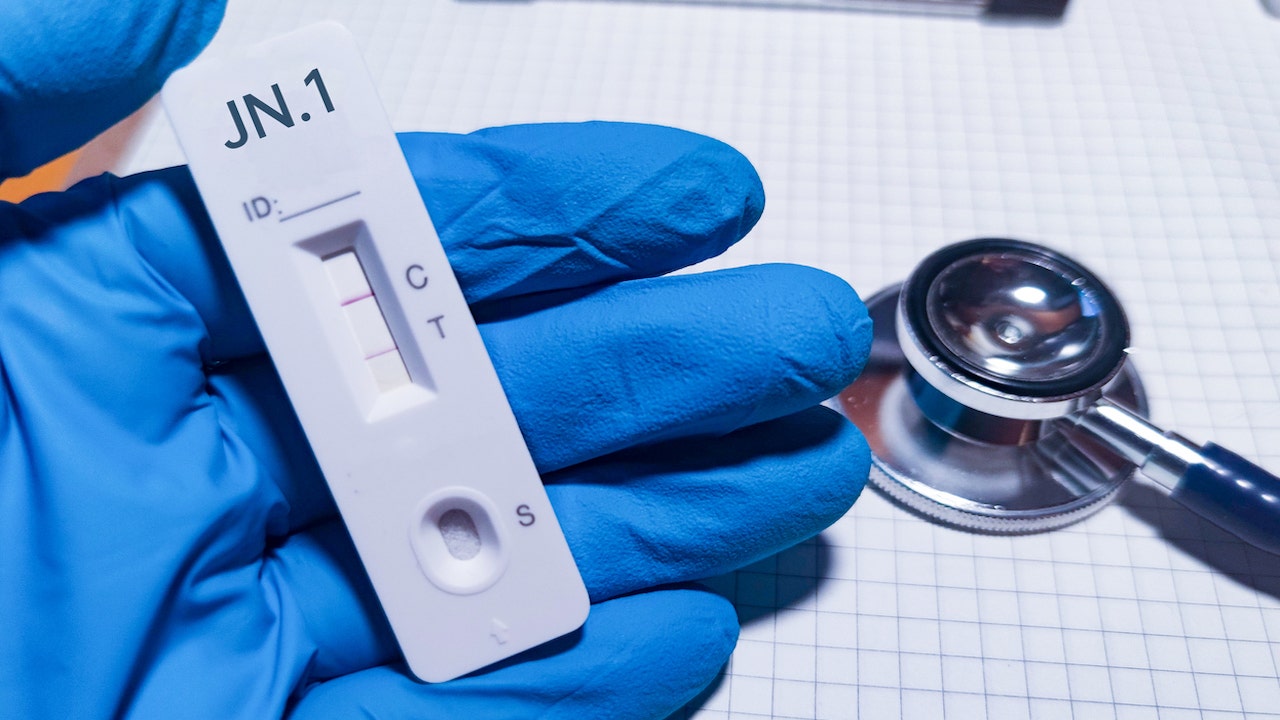The latest variant of the COVID-19 virus, JN.1, is now responsible for an estimated 15% to 29% of cases in the U.S. as of Dec. 8, according to a posted update from the Centers for Disease Control and Prevention (CDC).
JN.1, which is currently the country’s fastest growing variant, is expected to continue to increase in prevalence among COVID cases, the CDC stated.
It is very similar to the BA.2.86 variant, which is an omicron subvariant that emerged in August.
CDC’S COMMENTS ON TODAY’S PNEUMONIA OUTBREAKS VS. THE EARLY COVID CASES, AS COMPARED BY EXPERTS
“The continued growth of JN.1 suggests that it is either more transmissible or better at evading our immune systems,” the CDC said in the update.
Despite its quick growth, the agency said “there is no evidence that JN.1 presents an increased risk to public health relative to other currently circulating variants,” as it does not appear to cause increased severity of illness.
SARS-CoV-2, the virus that causes COVID-19, is mutating yet again. The latest variant getting buzz is JN.1. (iStock)
The vaccines, tests and treatments that are currently available are expected to be effective against JN.1.
COLD, FLU, COVID-19 AND RSV: HOW TO IDENTIFY THE DIFFERING SYMPTOMS AND STAY SAFE
“This variant is spreading very rapidly, but fortunately the current updated vaccine continues to provide good protection against severe disease and the need to be hospitalized, and it will protect you from dying,” said Dr. William Schaffner, an infectious diseases physician at Vanderbilt Medical Center in Tennessee, on “America’s Newsroom” on FOX News Channel on Dec. 22.


The latest variant of the COVID-19 virus, JN.1, is now responsible for an estimated 15% to 29% of U.S. cases as of Dec. 8, according to the CDC. (iStock)
People’s symptoms and severity of illness are linked more to their overall health and strength of immunity than which COVID variant they have contracted, according to the CDC.
CLICK HERE TO SIGN UP FOR OUR HEALTH NEWSLETTER
COVID cases are currently elevated in the U.S., along with influenza and respiratory syncytial virus (RSV).


People’s symptoms and severity of illness are more related to their overall health and strength of immunity than to which COVID variant they have contracted, according to the CDC. (iStock)
“We expected this increase because COVID-19 has had a pattern of increasing and peaking in late summer, and then again peaking around the new year,” the CDC stated.
CLICK HERE TO GET THE FOX NEWS APP
“Right now, we do not know to what extent JN.1 may be contributing to these increases or possible increases through the rest of December like those seen in previous years.”
The agency also said, “CDC will closely monitor COVID-19 activity and the spread of JN.1.”

